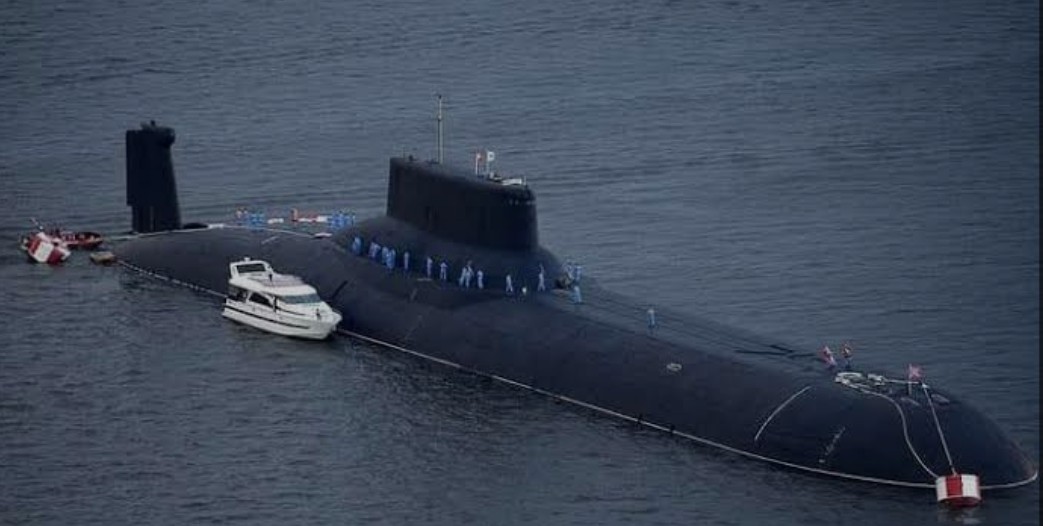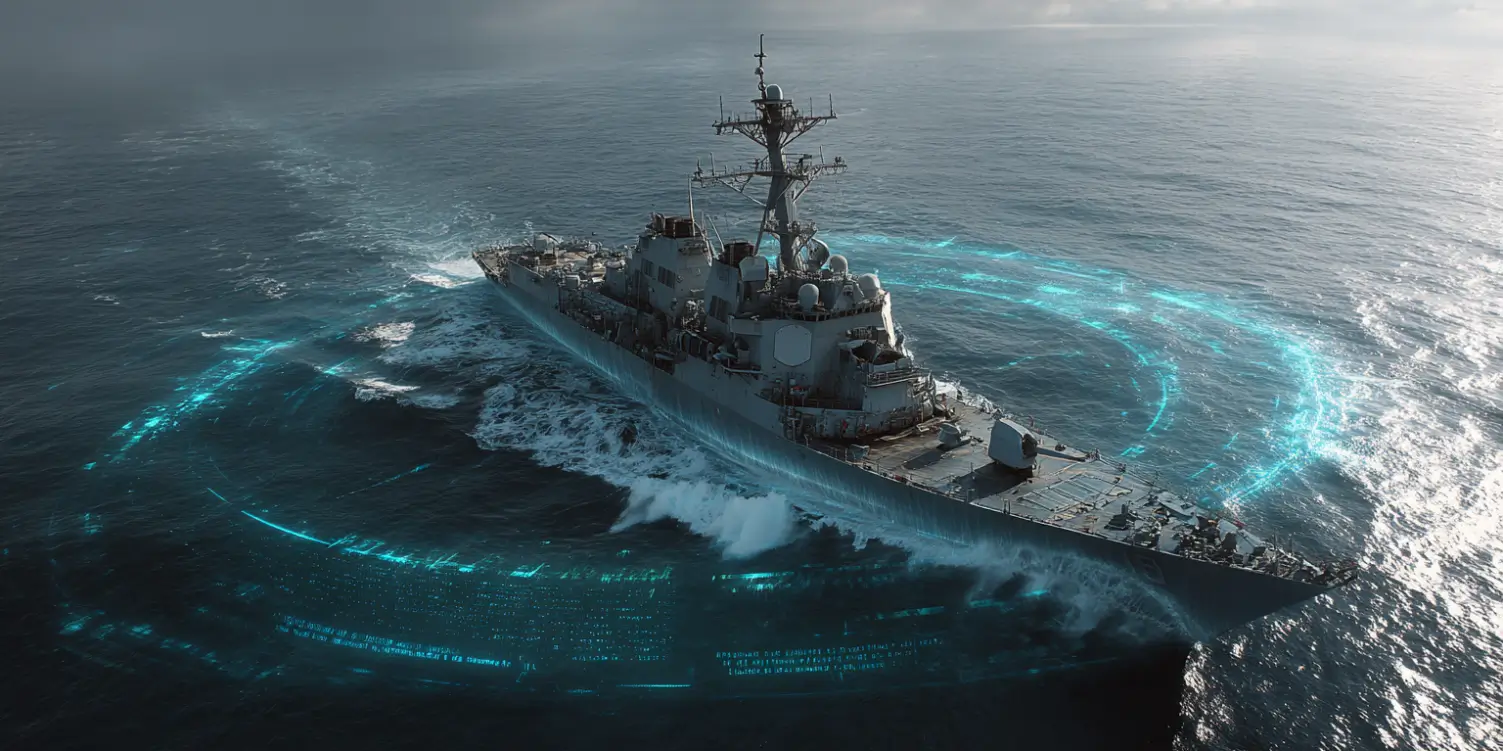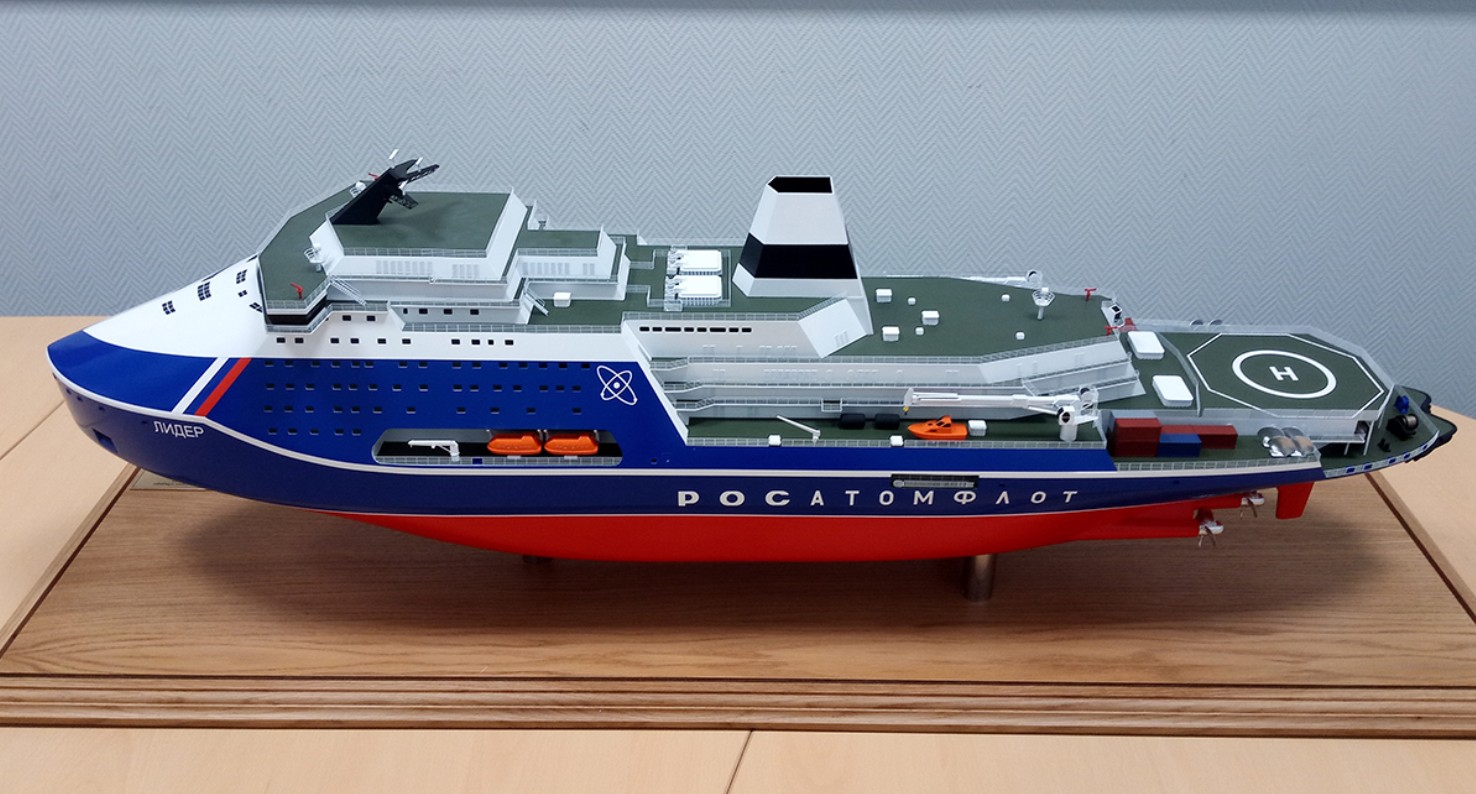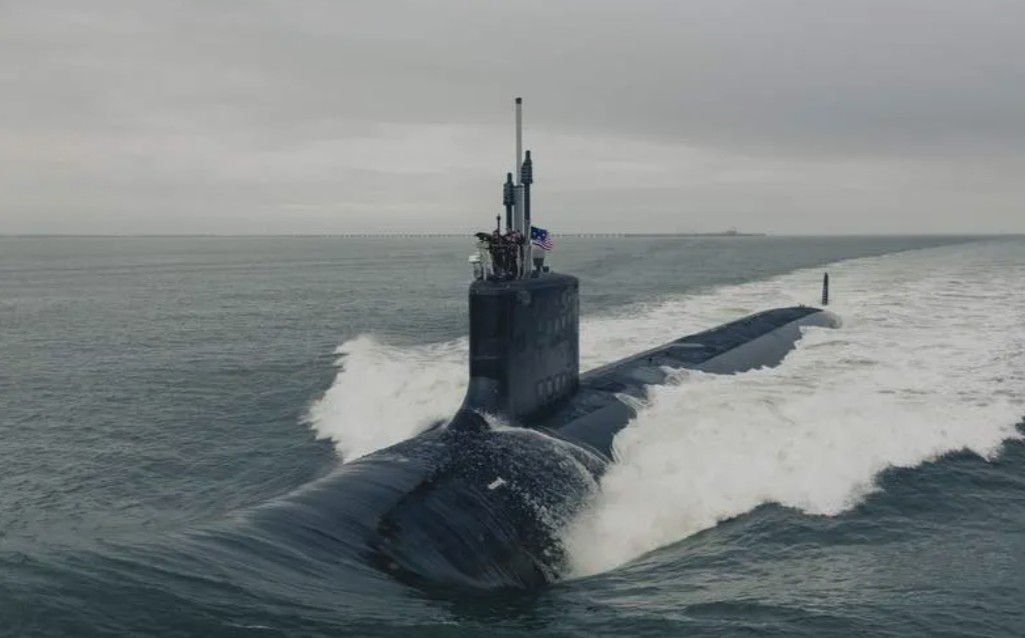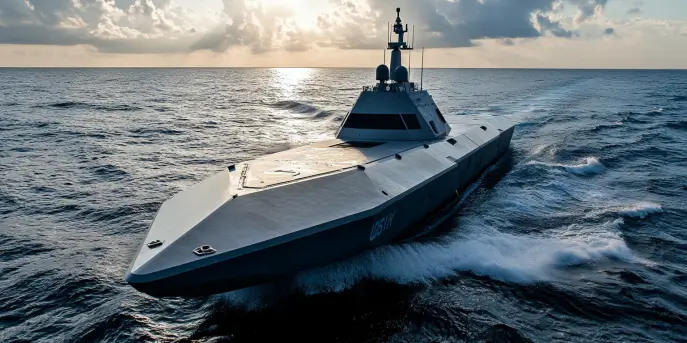The USS Gerald R. Ford represents the latest in naval aviation technology—a testament to modern engineering and strategic military prowess. As the lead ship of her class, this aircraft carrier is setting new standards for power projection and versatility on the high seas.
The Birth of a Modern Legend
Named after the 38th President of the United States, the USS Gerald R. Ford (CVN-78) marks a monumental leap in aircraft carrier design and capability. This new class of carriers serves as the replacement for some of the Nimitz-class carriers, bringing forth advanced technology and capability upgrades that align with the demands of 21st-century warfare and peacekeeping missions.
Technological Advancements
At the forefront of these advancements is the carrier’s electromagnetic aircraft launch system (EMALS). Ditching the traditional steam-powered catapults, EMALS offers smoother accelerations — reducing wear and tear on aircraft, improving sortie rates, and enhancing overall energy efficiency.
Furthermore, the Ford class brings a new level of radar and sensor technology with the inclusion of the dual-band radar system. This system enables simultaneous operation on different frequencies, providing comprehensive threat detection and enhanced tracking capabilities that are unrivaled by previous classes.
The propulsion system also merits attention; the USS Gerald R. Ford is powered by two A1B nuclear reactors, designed to offer superior electrical output for both ship and aircraft operations, reducing the need for auxiliary diesel generators.
Power and Performance Specifications
| Feature | Specification |
|---|---|
| Displacement | Approximately 100,000 tons |
| Length | 1,106 feet (337 meters) |
| Beam | 134 feet (41 meters) at the waterline |
| Speed | 30+ knots |
| Aircraft Capacity | 75+ |
| Propulsion | Two A1B nuclear reactors |
Enhanced Living and Working Conditions
The USS Gerald R. Ford has been designed with the comfort and efficiency of its crew in mind. The ship includes modernized living quarters and state-of-the-art communication systems. Additionally, ergonomic and automation improvements were introduced to support reduced manning, helping decrease the long-term operational costs and bettering the quality of life for sailors on board.
Furthermore, advanced digital systems streamline navigational and operational procedures, empowering crew members with more precise information and tools to make swift decisions.
Strategic Impact and Future Outlook
The role of the USS Gerald R. Ford extends beyond combat missions. It plays a vital part in disaster response and humanitarian missions around the globe. Its state-of-the-art medical facilities and the ability to replenish and support other naval vessels enhance its role as a resilient maritime hub during crises.
The strategic deployment of the USS Gerald R. Ford and her sister ships will shape naval engagements in the years to come. With the United States maintaining supremacy in naval defense capabilities, this cutting-edge vessel underscores the country’s commitment to global peace and security.
The Ford-class carriers are anticipated to operate for 50+ years, continually integrating the latest technological innovations to retain competitive advantage over emerging threats and maintaining the safety of all nations participating in peaceful maritime operations.
- Innovation: With new systems onboard, these carriers are expected to revolutionize naval strategy and combat tactics.
- Efficiency: Despite being larger and more powerful, the Ford class’s advancements in automation allow for a smaller crew.
- Readiness: The Ford class improves sortie rates and readiness, crucial for rapid deployment scenarios.

